By Cece Woods, Editor in Chief
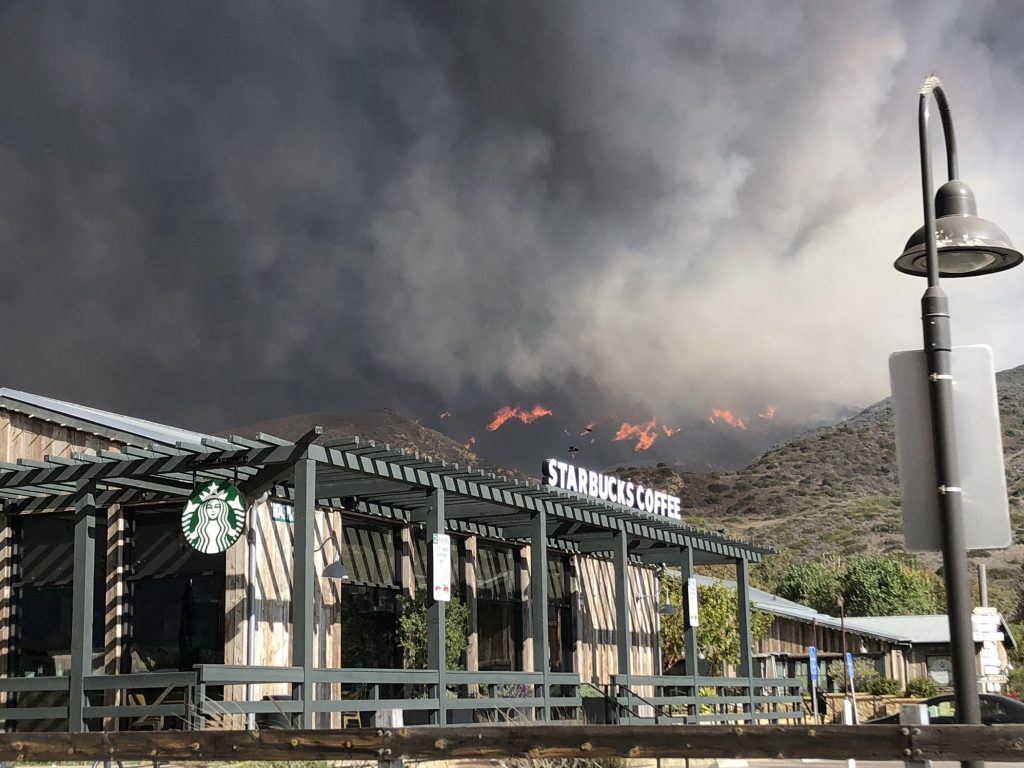
Since the Woolsey Fire devastated parts of Malibu and surrounding communities more than six months ago, questions remain today concerning the risk of nuclear contaminants and other toxins affecting our schools, our neighborhoods and our beaches. Government officials conducted an initial assessment and issued public reports suggesting everything is fine. But new evidence and a new look at those reports contradict those official findings, warranting independent studies and a deeper examination to help determine what’s really in our back yard.
By now, most have learned that ground zero of the Woolsey Fire was sourced to the Santa Susana Field Research Laboratory (SSFL) located in Simi Valley. The site is comprised of 2,850 acres near the Ventura / Los Angeles county border and was once home to a nuclear facility and rocket engine test site before suffering a partial meltdown in 1959. Radioactive and other chemicals have reportedly been released from the site over the years. Our state Department of Toxic Substances Control (DTSC) and California Environmental Protection Agency (CalEPA) published a carefully-worded joint report several weeks after the Woolsey Fire, confirming fire had burned through a portion of the SSFL and claiming, in part, that air sample testing results indicated “all the measurements and analyses indicate that no radiation or hazardous materials associated with contamination of SSFL were released by the fire.” That report, initially published on the DTSC website, is no longer published on the website.
Victim and first responder accounts of the Woolsey Fire reported thick black clouds of smoke blanketing the canyons, hills and beaches west of the SSFL. Many evacuees choked on smoke while fleeing our community. Satellites recorded billowing smoke blowing westward from Simi Valley toward Malibu, Channel Islands National Park and beyond.
Wildfire smoke alone has been determined to be toxic to our health. Contaminants from structure fires, those structures being our homes and commercial buildings, include toxic chemicals and materials such as pesticides, mercury, asbestos and other pollutants. But of equal or greater concern to the health of our own and future generations are the risks we face from nuclear contaminants polluting our air, our soil, and our water.
In January, an investigator we worked with for this story, collected samples to help determine what, if anything, remains in our soils after the Woolsey Fire. Expected results included char, soot and ash, all common elements of wildland fires. Char alone is known to be carcinogenic and therefore toxic to our health. But what else would be found within our beach sands and sediment throughout the greater Malibu area?
Three dozen mason jars, a box of powder-free latex gloves, a large bottle of hand sanitizer and a black Sharpie were used to collect samples. A map of the greater Malibu region was obtained and various points of interests — popular beaches, local schools, public parks — were selected for sampling collection.
For each collection, a new and previously unopened mason jar would be used with hands protected by a dab of hand sanitizer and latex gloves. To avoid cross-contamination of any samples, repeated hand sanitization and a new pair of gloves were used at each collection point.
Photographs and videos of each collection were produced to help identify the whereabouts of any concerns identified. Each jar was assigned a number, then placed in a box in the trunk of the investigator’s car before being shipped across the country to a secure location for examination.
After all, who would want this stuff in their house? A private laboratory was identified where each of the samples could be tested for any hazardous or toxic contaminants, including, among others, nuclear particulate matter.
The results? Each jar confirmed the presence of char, soot, ash, and… nuclear particulate matter. The samples will now be shipped to a new laboratory for an official study to be performed and results released to the public.
Questions involving the results of this study have been submitted to California’s DTSC and EPA for further reporting. The Local Malibu will continue to cover this story and share the responses we receive from state and federal officials in future reports.
Should your property be tested? Absolutely. Especially if your property was in the devastation zone or close to it.
The level of contamination has not truly been determined yet, but it does brig up a very important issue that needs to be addressed by property owners in the area. Testing and remediation of the soil must be a part of the plan post Woolsey, whether you are a burn-out victim or not.
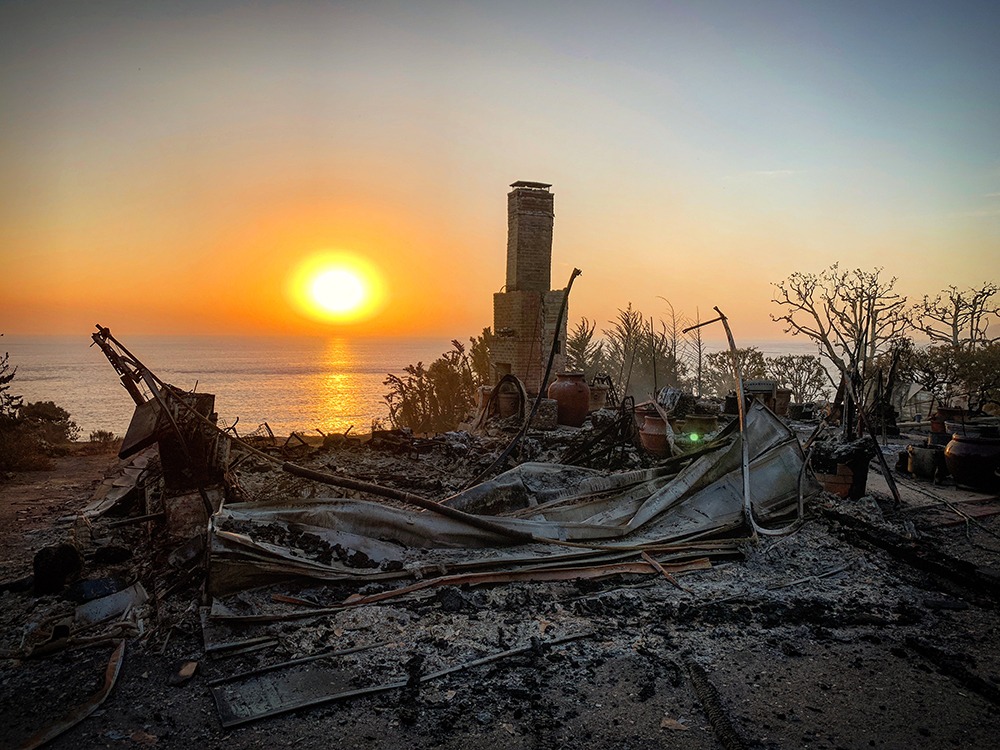
For more FireWire stories and information, click here, and follow us by subscribing here.

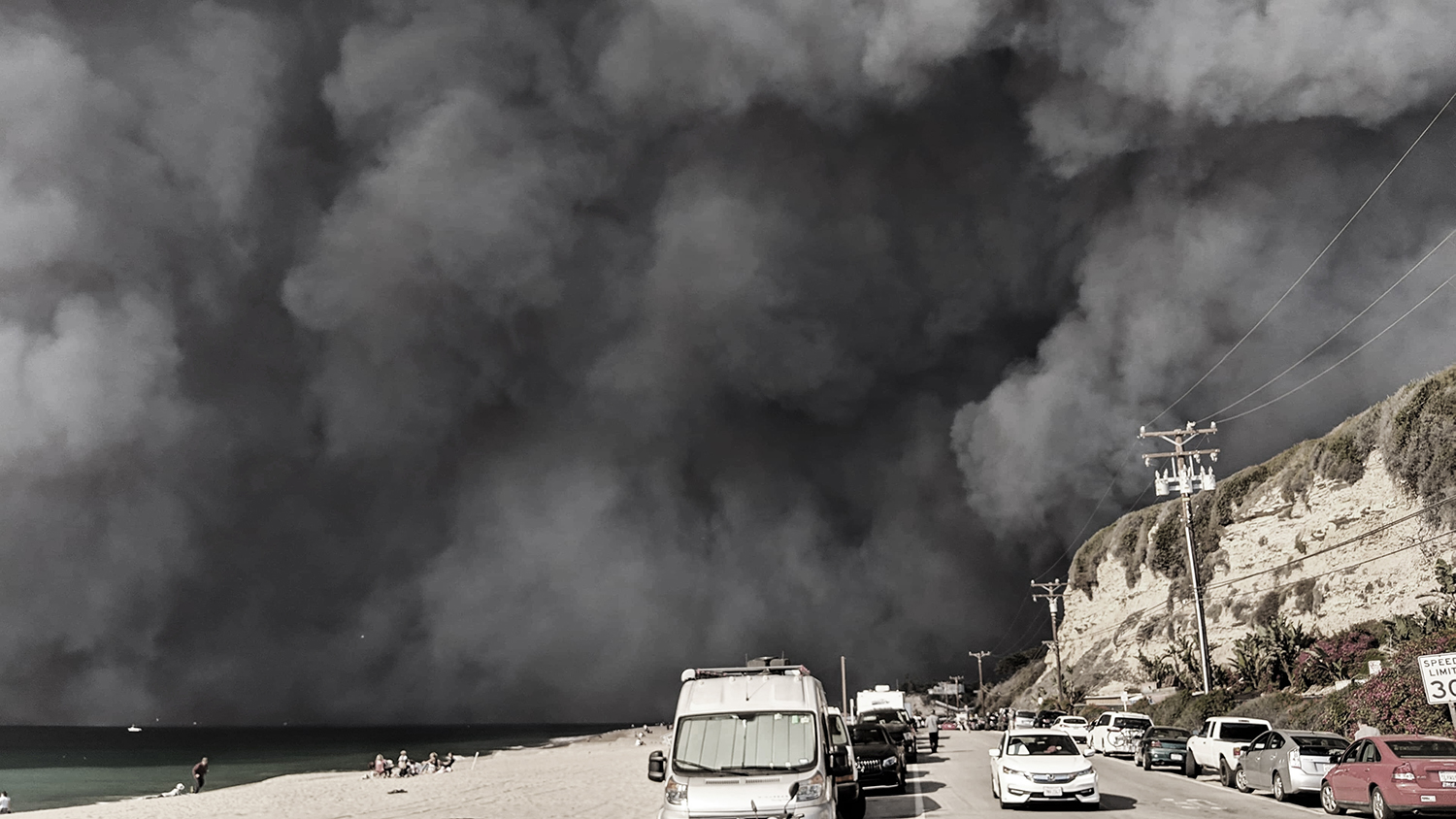

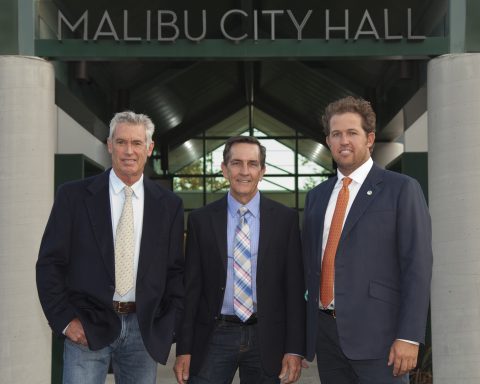
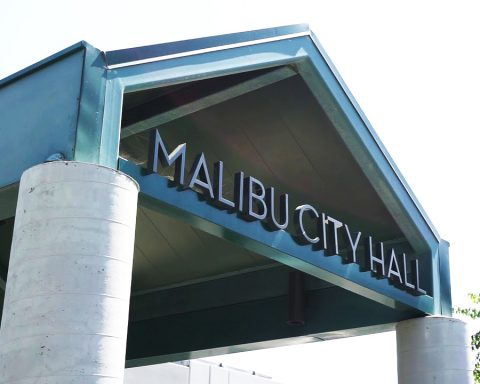
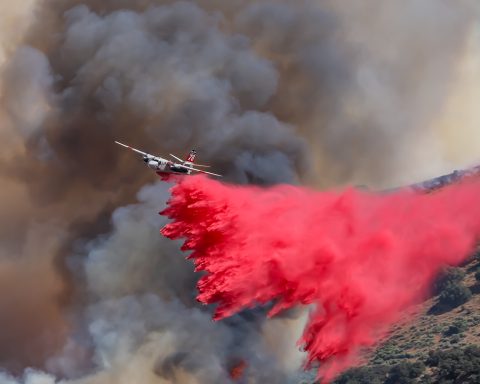
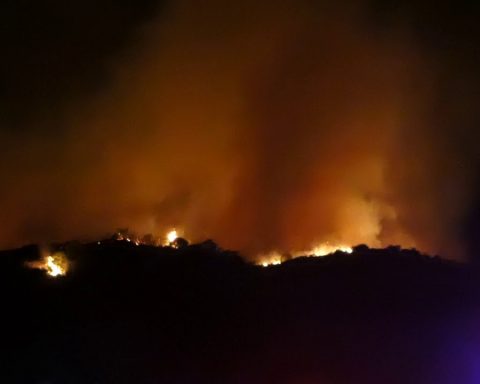
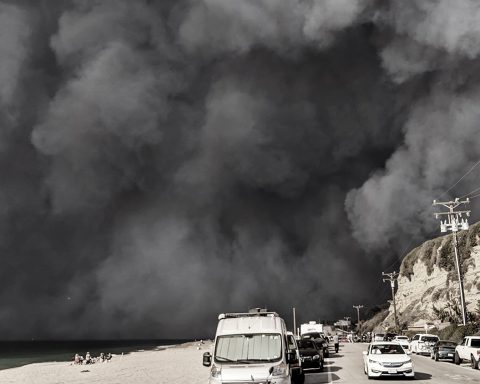
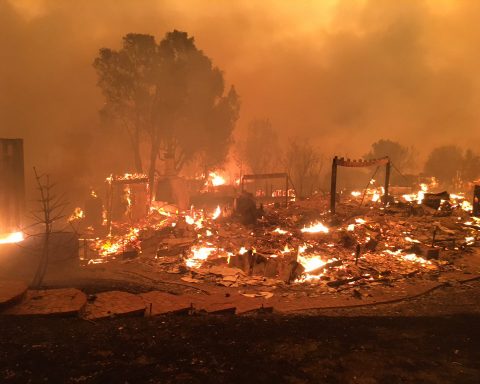
Follow Us